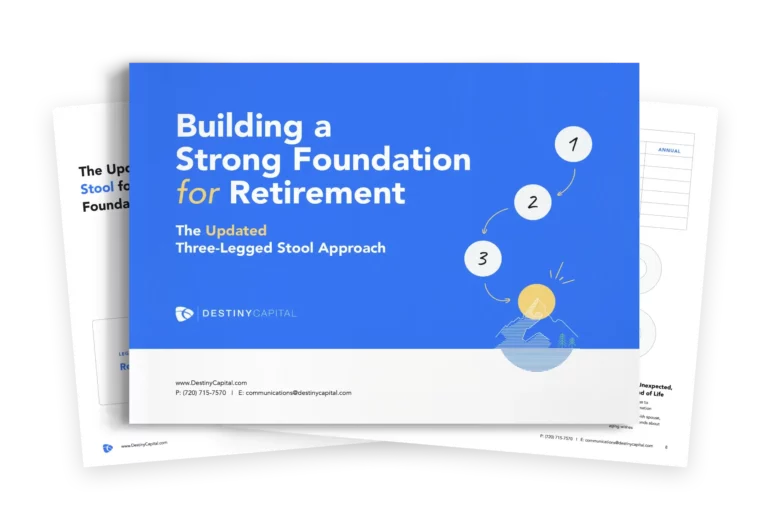
Retirement With Financial Nimbility
In the first part of this series on nimbility, we wrote about Mental Nimbility. Today we are going to address Financial Nimbility.
One of our tasks as an advisory team is to stage wealth. We have never sat down with clients and created sectors from their finances to determine which one to liquidate first, and second, and so on. Nonetheless, we do have an internal process to determine the most efficient method for each client to access their wealth throughout each stage of life.
Historically we have treated the homestead as the last bastion of capital to be tapped. We reduce all debt with the retirement of mortgages as the last piece. There’s nothing like the retirement of work and the retirement of mortgage debt to coincide. Like many elements of life today, we have begun to rethink the idea of staging wealth.
A couple in their early 60’s that we have served for years were coming into the most significant change in their lives. They went to one of those “free dinners” to explore the idea of reversing their mortgage. We had worked diligently to get rid of the damn thing, and now they are thinking about reversing the process. The very thought was nauseating. We met with them to review the proposals and all of the marketing material from the free dinner. The discovery was mind-numbing. The ultimate conclusion was that this reverse mortgage business could be fraught with bear traps and quicksand.
Destiny Capital has developed expertise in this business so we can use our knowledge to help clients. We will never be in the reverse mortgage business. However, we can sit with clients to improve outcomes. Our clients were all set to sign for a $242,000 reverse annuity mortgage where the bank would pay them a set amount each month. The mortgage was federally insured through FHA and carried a 6.2% interest rate. The loan amount would increase each month because the interest was added to the loan balance. Think of this as gradually eating the equity of your home. It is a loan you never pay back. It becomes a liability settled by your representative after death or cured by the title company when your home is transferred through sale or gift. Our role is to look thoroughly at every aspect of wealth to fully understand how they will work for each set of circumstances. We take the basics and then customize it to create value.
During our review, we discovered that the $242,000 included costs to originate the loan of $20,900. Those costs would be added to the amount of the loan. With that kind of marginal expenses, none of which comes directly out of the pockets of the borrowers, this industry is going to be massive. The incentives for the underwriters of these loans are going to be huge. Right now there are limited players; expect that to change rapidly.
Through our work, we discovered another private source for lending that accomplished three things. First, it reduced the cost to originate the loan from $20,900 to $3,800. Second, instead of setting up a fixed amount of annuity income each month, we could get a lump sum of $270,000. And third, we can invest that larger amount of money into portfolios to help provide an even greater amount of monthly income. And here’s the biggie… we are now more financially nimble to manage through changes into the future.
The next article on nimbility, we will address becoming nimble in future health care decisions.
Have any questions? We’re here to help!
{{cta(‘b98204c7-0e0e-4d3b-895d-e54ef00e4f97’)}}




